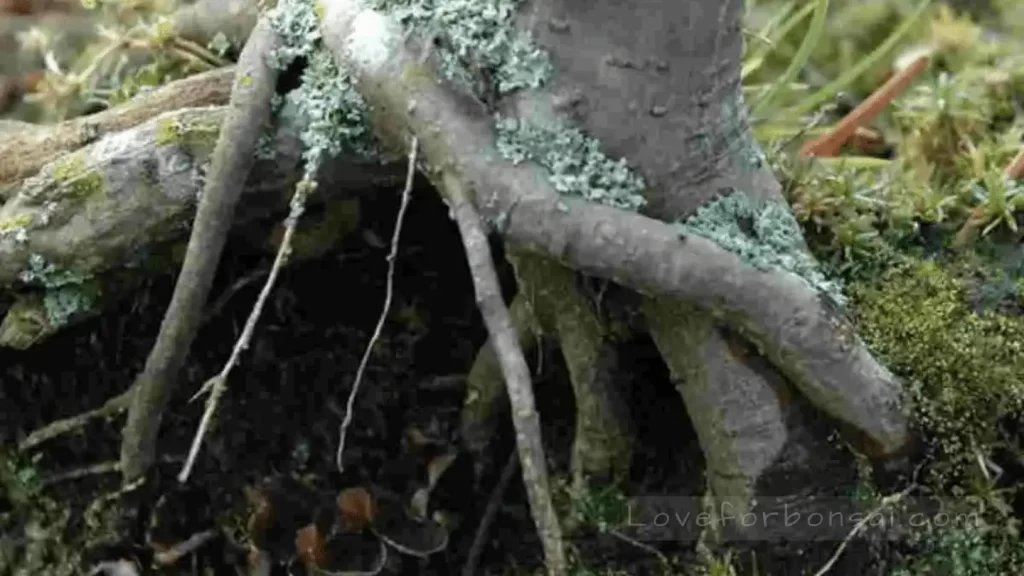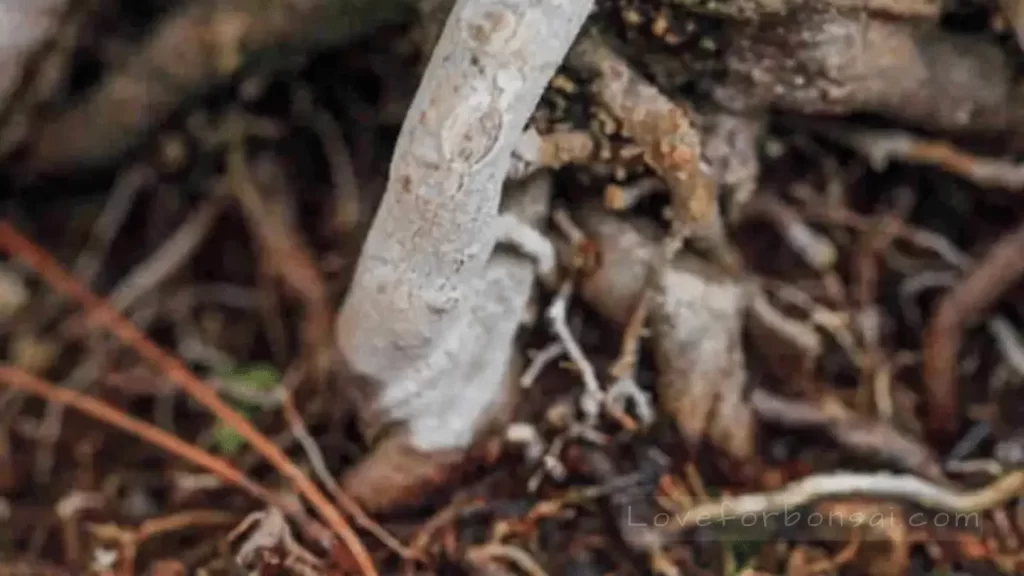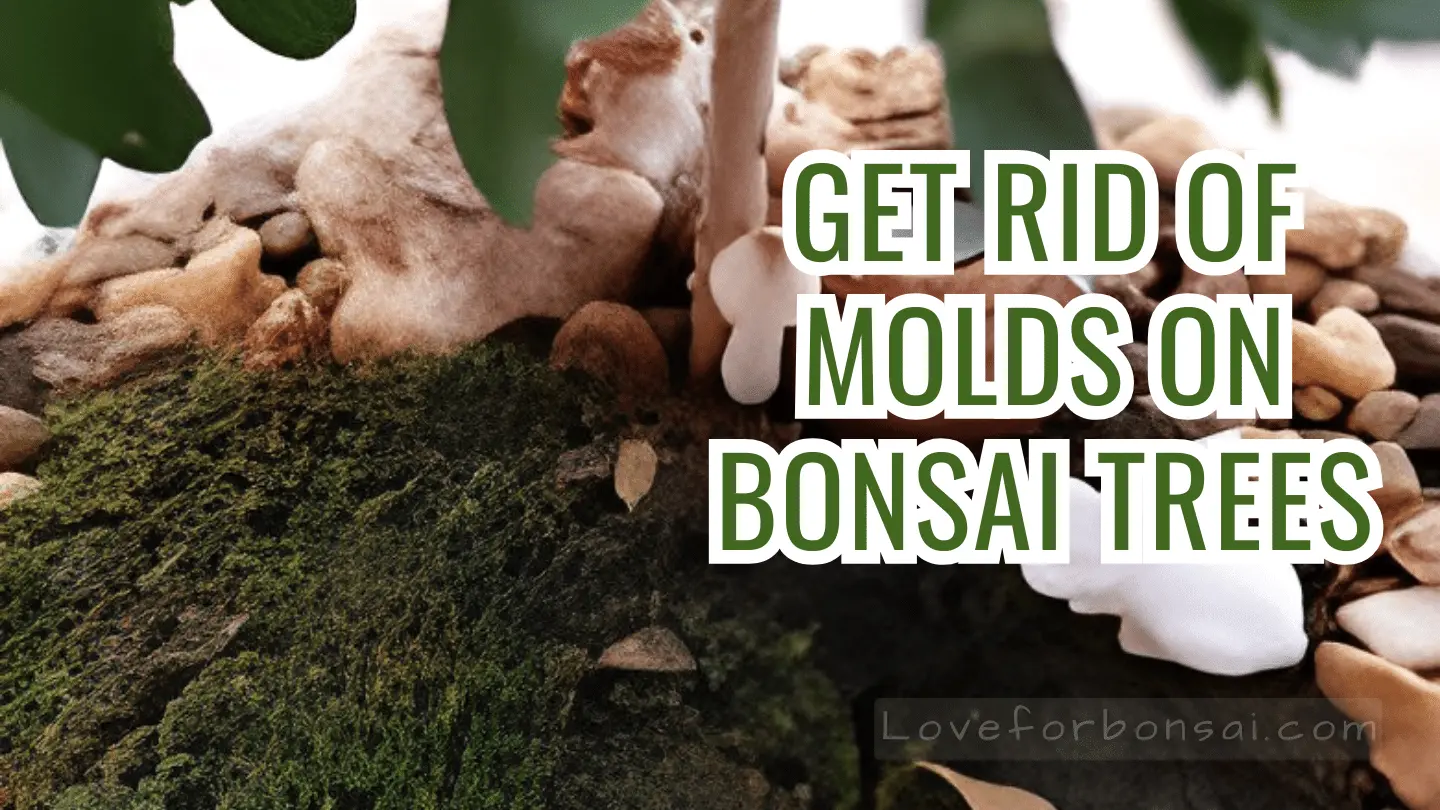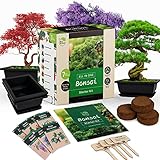Molds can cause serious problems for you and your plants. They will grow wherever there is moisture, on the soil, in the leaves, and even on the branches of your bonsai tree. Luckily mold on bonsai is quite easy to prevent and here in this post, I will give you a complete range of solutions from bonsai molds.
Bonsai trees are beautiful, yet delicate little plants. They require a lot of care and attention to grow and develop well.
The usual maintenance requires regular cleaning of the pots and trays, examination of leaves and branches for signs of pests and fungus, as well as frequent watering. The work can be a bit intimidating especially for beginners.
If a bonsai tree is left unchecked, mold can develop and once mold appears it doesn’t go away – it spreads and spreads until the tree is affected.
What is a Mold:
Mold is a fungus that grows in many different colors and shapes. It commonly appears on damp, decaying matter and is seen as a problem in many homes.
Mold is a common problem among bonsai trees, and it can cause serious damage if not treated properly. Bonsai trees are particularly susceptible to mold because of their small size, low air circulation, and the fact that they are grown indoors. Due to these conditions, the trees can easily become infected by airborne fungi spores and bacteria.
Molds are usually harmless for healthy plants, and some types even help them thrive. However, mold can kill your bonsai trees if left untreated.
Types of Mold That Bonsai Can Get:
There are two basic classifications of mold typically found on a bonsai: pathogenic and non-pathogenic.

Non-pathogenic Molds:
While some molds are considered dangerous to people and animals, non-pathogenic molds don’t cause diseases. In fact, they are a great indicator of how healthy the soil is!
Non-pathogenic molds are completely harmless to bonsai and are nothing to worry about. If you do wish to remove it, please use a soft brush, like an old toothbrush, to gently remove the mold.
How to Treat The Bonsai:
Non-pathogenic mold, while not inherently harmful, can damage a bonsai if left unchecked. To address non-pathogenic mold:
- Integrated Pest Management: Focus on maintaining proper plant culture and environmental conditions to reduce vulnerability to mold.
- Plant Selection: Choose bonsai tree varieties known for disease resistance and ensure they match their planting environment’s requirements.
- Watering Practices: Water wisely, avoiding overhead watering that might spread mold spores. Water nearer to the ground to reduce leaf moisture and irrigate early in the day to allow excess moisture to dry by nightfall.
- Pruning and Sanitation: Regularly prune infected parts and dispose of debris properly, never composting infected material. Sterilize your pruning tools before and after each use to prevent the spread of disease.
- Air Circulation: Increase air movement around your bonsai using a gentle fan to discourage mold growth.
Pathogenic Molds:
Pathogenic molds are found residing in a poor soil mixture. They really affect your bonsai health by intercepting the nutrients from moving up from the roots to the main stem.
There are many different types of pathogenic molds and fungi, but they all have the same purpose. They are all parasites that need something to grow on.
Here are some of the pathogenic molds that cause problems for your bonsai trees.
Black Spot Fungus:
Black spot fungus will appear as circular-shaped black spots, most commonly on leaves and buds. The black spots grow and can merge together quickly. This fungus is less of a problem in the winter months due to the lack of humidity in the air.
Leaf Spot Fungus:
Leaf spot fungus is caused by various types of fungi. These fungi go after a tree’s leaves and create brown spots with white pimples on them. They are also found on buds, branches, trunks, and even roots and have a similar look to black spot fungus.
Mildew:
Mildew causes white patches or dark grayish patches to form on the leaves of your bonsai trees. It is normally found on warm days in the early fall or late spring when the weather is humid or rainy for an extended period of time. The moldy patches range from small to very large patches that cover several inches of your tree’s leaves.
Rust:
Rust is a common garden problem too, usually caused by overwatering or lack of water. It is not fatal to a bonsai tree, but it can be unsightly and in some cases cause discoloring of the needles.
Rust does not spread from one branch to another, but from one plant to another if you are working with multiple bonsai trees.

The Signs of Mold Growing on Your Bonsai Tree?
There are a number of different symptoms that can indicate your bonsai has some kind of fungal problem. The most common symptoms include:
Deformed Leaves and Plants:
If your leaves and branches have started to take on abnormal shapes or have discolored spots, then this is an indication that mold has taken hold. These deformed leaves will eventually fall off, leaving your tree looking very bare.
Yellowing of Leaves:
If your leaves start to yellow prematurely even though you haven’t changed their location, then this could mean that you’ve got a problem with Mold.
Yellowing leaves can also be caused by over-watering which creates a pool of stagnant water on top of the soil which allows unwanted bacteria and fungus to grow.
How Do You Prevent Mold From Growing On Your Bonsai Tree?
In most cases, a minor fungal infection won’t cause any lasting damage, but it’s best to treat it sooner rather than later.
To prevent this you should treat your bonsai tree on a regular basis.
A bonsai that is strong and well cared for, will not only be less likely to contract mold, but they will fight off other diseases and illnesses.
- Keep your bonsai clean and free of debris, leaves, fallen fruits, and blooms. It will reduce the chances of mold growth.
- You should also provide enough ventilation. Fresh air, light, as well as an adequate amount of water, reduces the chance of growing molds on bonsai.
- Aerate the soil properly, so it doesn’t become compacted, and also repot your bonsai regularly, so the bonsai doesn’t become pot bounded.
- Apply fertilizer regularly so the bonsai gets enough nutrition.
- Prune your bonsai to encourage healthy growth. So it can prevent diseases.
How To Get Rid Of Mold On Bonsai Trees:
It’s important to keep your bonsai clean and healthy. Molds and diseases can damage the trees, so it’s important that you examine the trees regularly for any signs of mold or disease.
Mold and diseases are possibly some of the biggest hazards to your bonsai tree. If you catch signs early, you can save your bonsai with no problem.
- Remove the affected bonsai tree from the area so that no nearby plants get affected.
- Remove the affected parts like leaves or branches from the bonsai.
- Clean the planter completely using a fungal disinfectant.
- Relocate the bonsai tree to a properly ventilated place where the plant also gets enough light and air.
- Sterilize the tools that you use, to take care of your affected bonsai.
Final Thoughts:
Mold on bonsai is definitely a common problem that most bonsai gardeners have to deal with. Hopefully, with the treatments and methods, I have shared with you in this post you will be in a better position to handle the problem.
FAQs:
Can Moldy Soil Harm Plants?
Moldy soil itself might not inflict immediate harm on your bonsai tree, but it could be indicative of underlying problems.
Is it Safe to Use Old, Moldy Potting Soil?
Old, moldy potting soil may contain various types of fungi and bacteria that could adversely affect your plants. Mold competes with plants for nutrients and moisture in the soil, potentially hampering their growth. Moreover, mold spores can carry pathogens harmful to plants, leading to diseases and reduced vitality.





